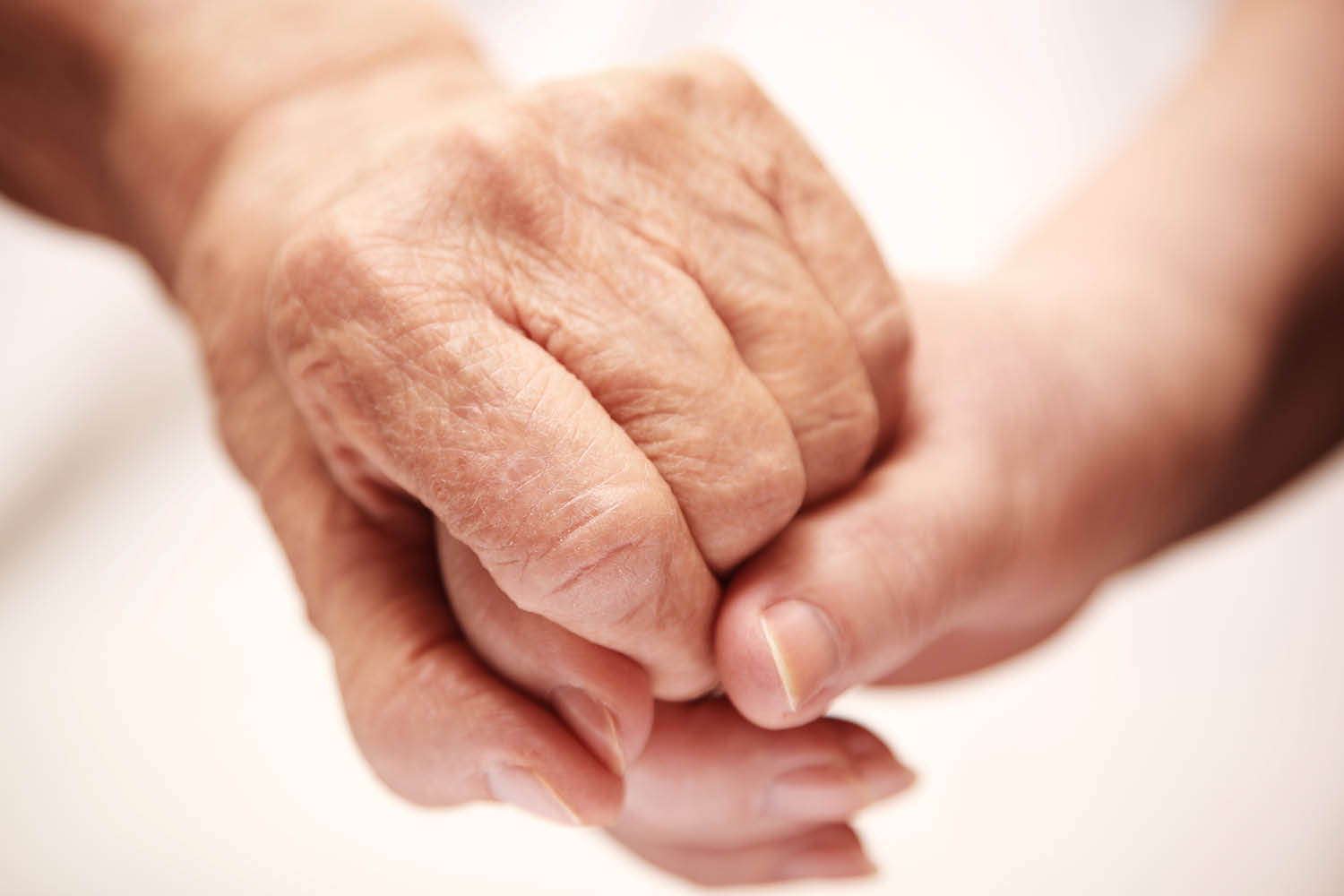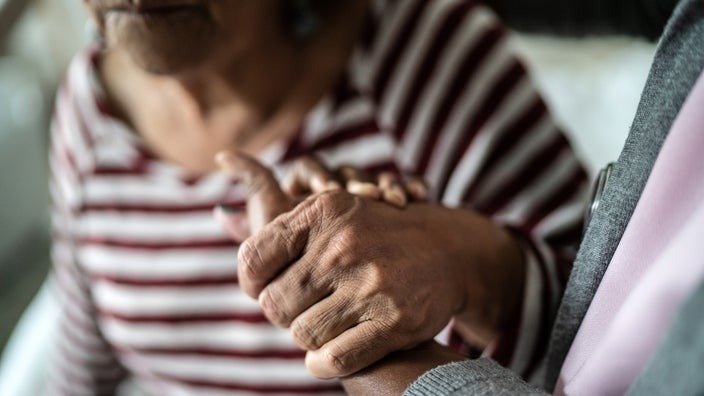Understanding when a loved one may be approaching the end of life is never easy. It can be emotionally overwhelming, especially when the individual is a parent or close family member. However, being aware of common signs supported by healthcare professionals can help family members prepare—both emotionally and practically—while ensuring dignity and comfort during this time.
According to reputable medical sources such as the National Institute on Aging (NIA), Hospice Foundation of America, and Mayo Clinic, certain physical and emotional changes are common in the final weeks or days of life.
Here are four medically acknowledged signs that may indicate a parent or elderly loved one is approaching the final stage of life.
1. Conversations About Death or Afterlife Preparations
One common sign is when individuals begin to speak more openly about death, legacy, or their wishes after passing. According to the Hospice Foundation of America, this may include talking about funeral plans, writing letters to loved ones, or expressing desires related to memorial services.
These discussions are often part of emotional and psychological acceptance of life’s natural course. Listening respectfully and ensuring their preferences are documented and honored can offer both comfort and a sense of control to the individual.

2. Terminal Lucidity: A Temporary Period of Mental or Physical Clarity
Some individuals with long-term illnesses may experience what medical professionals call terminal lucidity—a brief period where a person appears more alert, energetic, or communicative than they had been in recent days or weeks. This phenomenon has been observed by palliative care providers and is documented in studies published by the National Institutes of Health (NIH).
During terminal lucidity, a person might ask for their favorite meal, recognize long-lost friends or family, or even sit up after being bedridden. While this can be uplifting for loved ones, it often occurs shortly before end-of-life and is considered a sign of impending decline.

3. Hallucinations or Visionary Experiences
Visual or auditory hallucinations may occur as part of the natural dying process. The National Institute on Aging explains that some people report seeing loved ones who have previously passed away, or describe serene locations that bring them peace.
These experiences are generally not a cause for concern, and healthcare providers often advise family members not to contradict or challenge the dying person’s perceptions. Doing so may cause confusion or distress. Instead, family can gently engage by asking open-ended questions and offering emotional reassurance.

4. Changes in Sleep Patterns and Decreased Social Interaction
As end of life approaches, many individuals begin sleeping more and withdrawing from social interaction. According to the Mayo Clinic and the Hospice and Palliative Nurses Association (HPNA), increased fatigue and reduced appetite are typical physiological responses as the body conserves energy.
This may also include changes in breathing, skin temperature, and responsiveness. While difficult to witness, these shifts are natural and signal that the body is preparing for closure.
How Families Can Offer Support and Comfort
Knowing these signs can help families prepare for the road ahead, but more importantly, they offer a guide for how to be present and supportive in the final phase of life. The American Academy of Hospice and Palliative Medicine (AAHPM) recommends the following practices:
• Create a Peaceful Environment
Soft lighting, quiet music, or the presence of familiar scents (like lavender or vanilla) can create a calming atmosphere that eases discomfort.
• Offer Physical Comfort
Speak to hospice nurses or palliative care professionals about managing symptoms such as pain, difficulty breathing, or dry mouth. Adjusting pillows, ensuring good hygiene, and keeping the person hydrated (as advised) also contributes to comfort.
• Be Emotionally Present
Sometimes, just sitting beside a loved one in silence is the most meaningful gesture. A gentle touch or reading aloud from a favorite book can provide emotional closeness without overwhelming them.
• Encourage Open Conversations
If the person is alert and willing to talk, give them space to express memories, thoughts, or wishes. Many people nearing the end of life appreciate having their feelings validated and their legacy acknowledged.
Self-Care for Family Members
Caring for a terminally ill parent can be emotionally taxing. Organizations such as the Family Caregiver Alliance emphasize the importance of self-care for caregivers. This includes:
- Getting adequate sleep and nutrition
- Seeking counseling or support groups
- Accepting help from others when offered
- Speaking with hospice counselors for emotional support and bereavement planning
Many caregivers report feeling better equipped emotionally after connecting with hospice teams, chaplains, or grief counselors who specialize in end-of-life care.

Why Early Preparation Matters
According to the Centers for Medicare & Medicaid Services (CMS), individuals receiving hospice care earlier tend to experience a higher quality of life and greater satisfaction in their final days. Early preparation allows families to make informed decisions regarding:
- Advance directives or living wills
- Palliative vs. curative treatments
- Spiritual or cultural traditions
- Funeral planning, if desired
By recognizing key signs and speaking with healthcare professionals, families can help ensure their loved one’s preferences are honored and that their passing is handled with dignity.
Final Thoughts
The end-of-life journey is deeply personal, both for those nearing death and the families who walk alongside them. While no guide can completely ease the pain of loss, understanding the physical and emotional signs of approaching death can offer clarity, comfort, and an opportunity to say goodbye with grace and compassion.
Rather than focusing solely on the end, families are encouraged to focus on connection, presence, and peace—ensuring their loved one feels heard, valued, and surrounded by love.
Sources Cited and Recommended Reading:
- National Institute on Aging (NIA)
- Mayo Clinic – End of Life Care
- Hospice Foundation of America
- National Institutes of Health – Terminal Lucidity
- Centers for Medicare & Medicaid Services – Hospice Benefits
- American Academy of Hospice and Palliative Medicine (AAHPM)
- Family Caregiver Alliance

